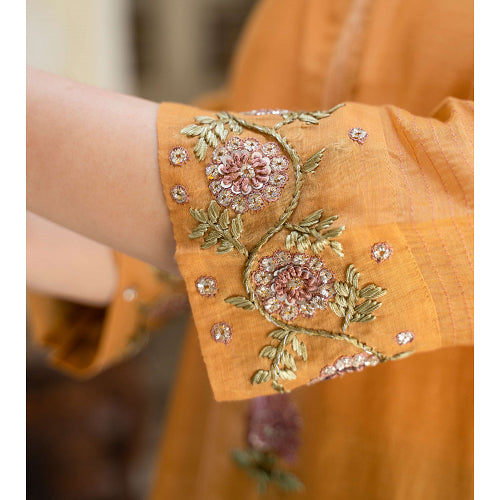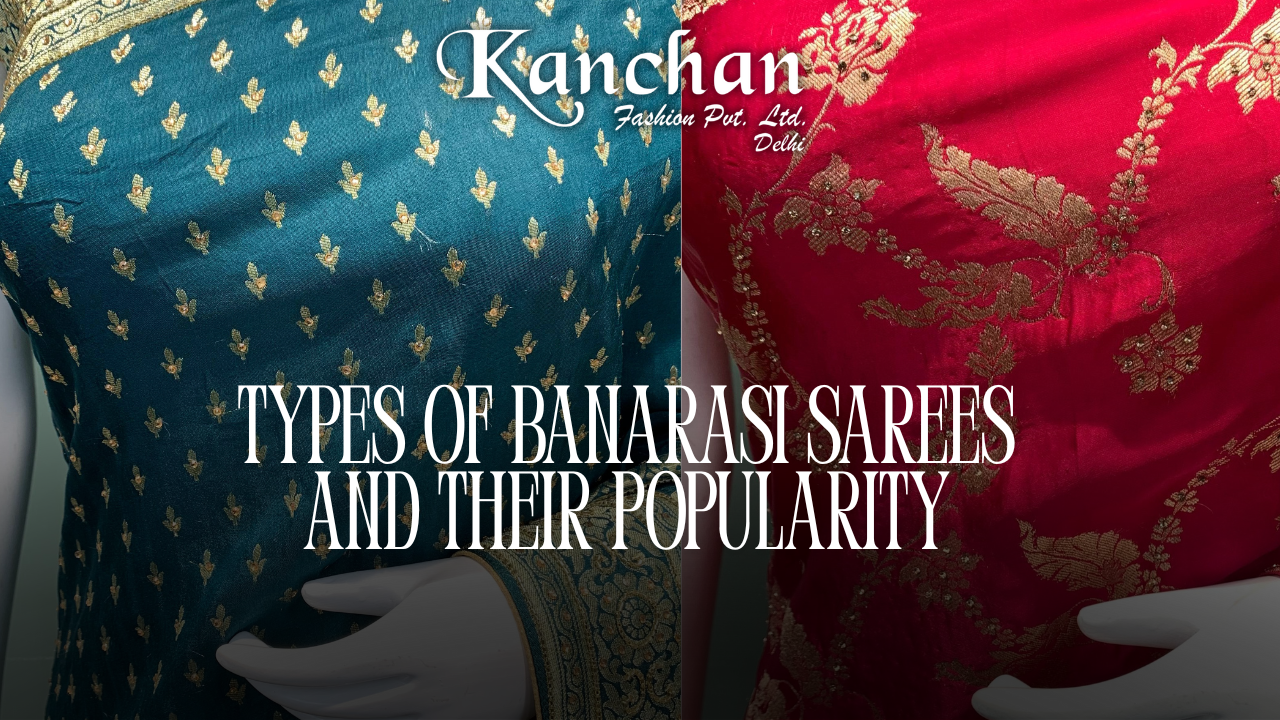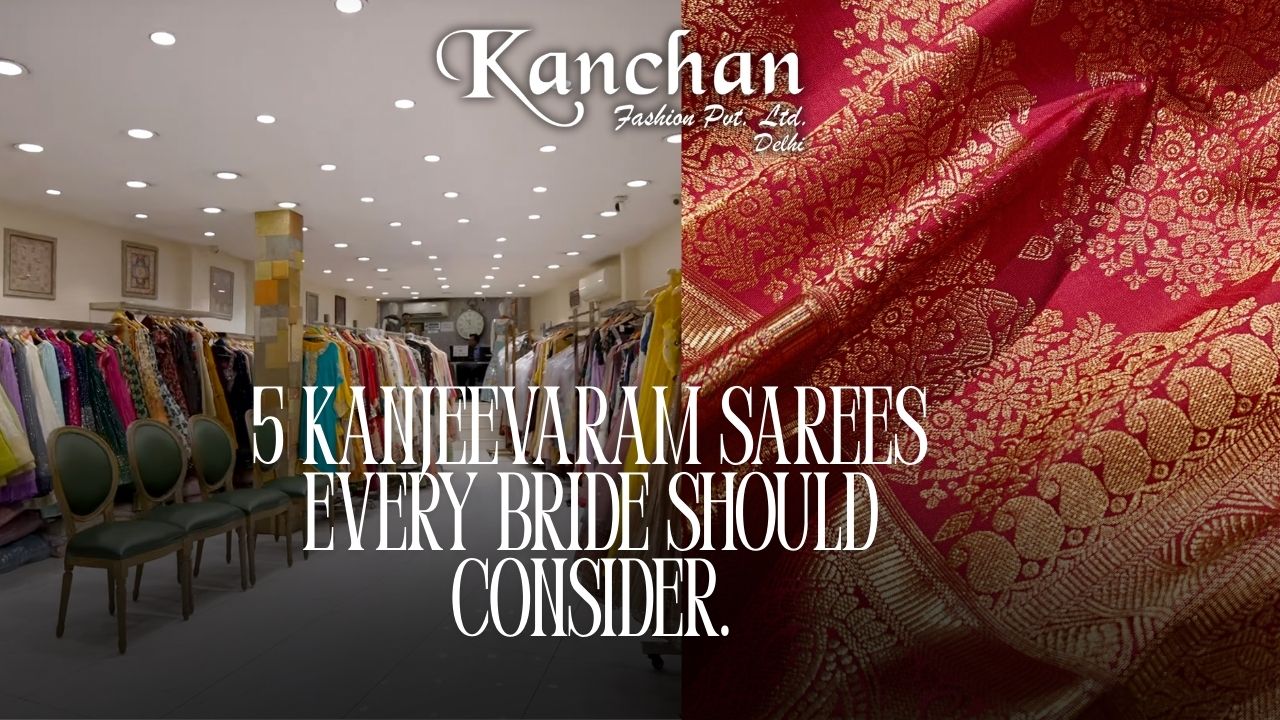Cart
0
Since ancient times, embroidery has been a crucial component of traditional Indian clothing. Women's ethnic suits are frequently adorned with lovely embroidered patterns to provide a sense of class and charm. Women's ethnic outfits feature a variety of embroidery styles, each with its own distinctive design and background.
Metal wires, sequins, and beads are used to create designs on fabric for zardozi embroidery. The design is traced onto the fabric after it has been stretched over a wooden frame. The metal wires are then sewed onto the fabric by the embroiderer while still following the design's pattern. Sequins and beads are incorporated for further adornment after the metal wires are twisted and spun to produce complex designs.
The elaborate and delicate patterns of chikankari embroidery are renowned for being created utilising a range of techniques, including the chain thread, satin stitch, and buttonhole stitch. The design is first traced onto the fabric with a special pencil after it has been stretched over a wooden frame. Following the traced lines, the embroiderer then carefully stitches the design into the fabric.
Complications in floral and paisley patterns, as well as motifs like birds and vines, are frequently embroidered in chikankari. Chikankari embroidery is a popular option for formal occasions because of its subtle and exquisite appearance from the usage of white-on-white thread.
Using various techniques including the running stitch, darning stitch, and satin stitch, phulkari embroidery entails creating vivid and strong patterns. The design is first traced onto the fabric with a special pencil after it has been stretched over a wooden frame. Following the traced lines, the embroiderer then carefully stitches the design into the fabric.
Phulkari needlework is renowned for its colourful and striking patterns, which frequently use strong hues like red, yellow, and green.
1. Zardozi Embroidery:
During the Mughal Empire, Zardozi embroidery—a style of metal embroidery—was introduced to India from Iran. The Persian name "zardozi" literally translates to "gold thread," and this embroidery method uses small metal wires, such silver or gold, to create beautiful motifs on fabric. On the ethnic suits, intricate patterns are frequently created with zardozi stitchingMetal wires, sequins, and beads are used to create designs on fabric for zardozi embroidery. The design is traced onto the fabric after it has been stretched over a wooden frame. The metal wires are then sewed onto the fabric by the embroiderer while still following the design's pattern. Sequins and beads are incorporated for further adornment after the metal wires are twisted and spun to produce complex designs.

2. Chikankari embroidery:
It is a delicate embroidery technique that has its roots in the Indian city of Lucknow. It entails using a needle and thread to sew white-on-white designs into delicate cotton or silk cloth. On the front and sleeves of ethnic outfits, complex flower and paisley motifs are frequently embroidered using the Chikankari technique.The elaborate and delicate patterns of chikankari embroidery are renowned for being created utilising a range of techniques, including the chain thread, satin stitch, and buttonhole stitch. The design is first traced onto the fabric with a special pencil after it has been stretched over a wooden frame. Following the traced lines, the embroiderer then carefully stitches the design into the fabric.
Complications in floral and paisley patterns, as well as motifs like birds and vines, are frequently embroidered in chikankari. Chikankari embroidery is a popular option for formal occasions because of its subtle and exquisite appearance from the usage of white-on-white thread.

3. Phulkari Embroidery:
The needlework technique known as phulkari originated in Punjab, India. On a plain cotton or silk background, vibrantly coloured thread is used to create vibrant, geometric designs. Ethnic suits frequently have phulkari embroidery on the sleeves, throat, and hem.Using various techniques including the running stitch, darning stitch, and satin stitch, phulkari embroidery entails creating vivid and strong patterns. The design is first traced onto the fabric with a special pencil after it has been stretched over a wooden frame. Following the traced lines, the embroiderer then carefully stitches the design into the fabric.
Phulkari needlework is renowned for its colourful and striking patterns, which frequently use strong hues like red, yellow, and green.









